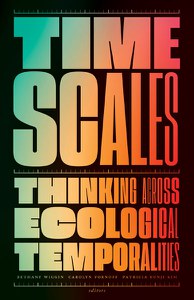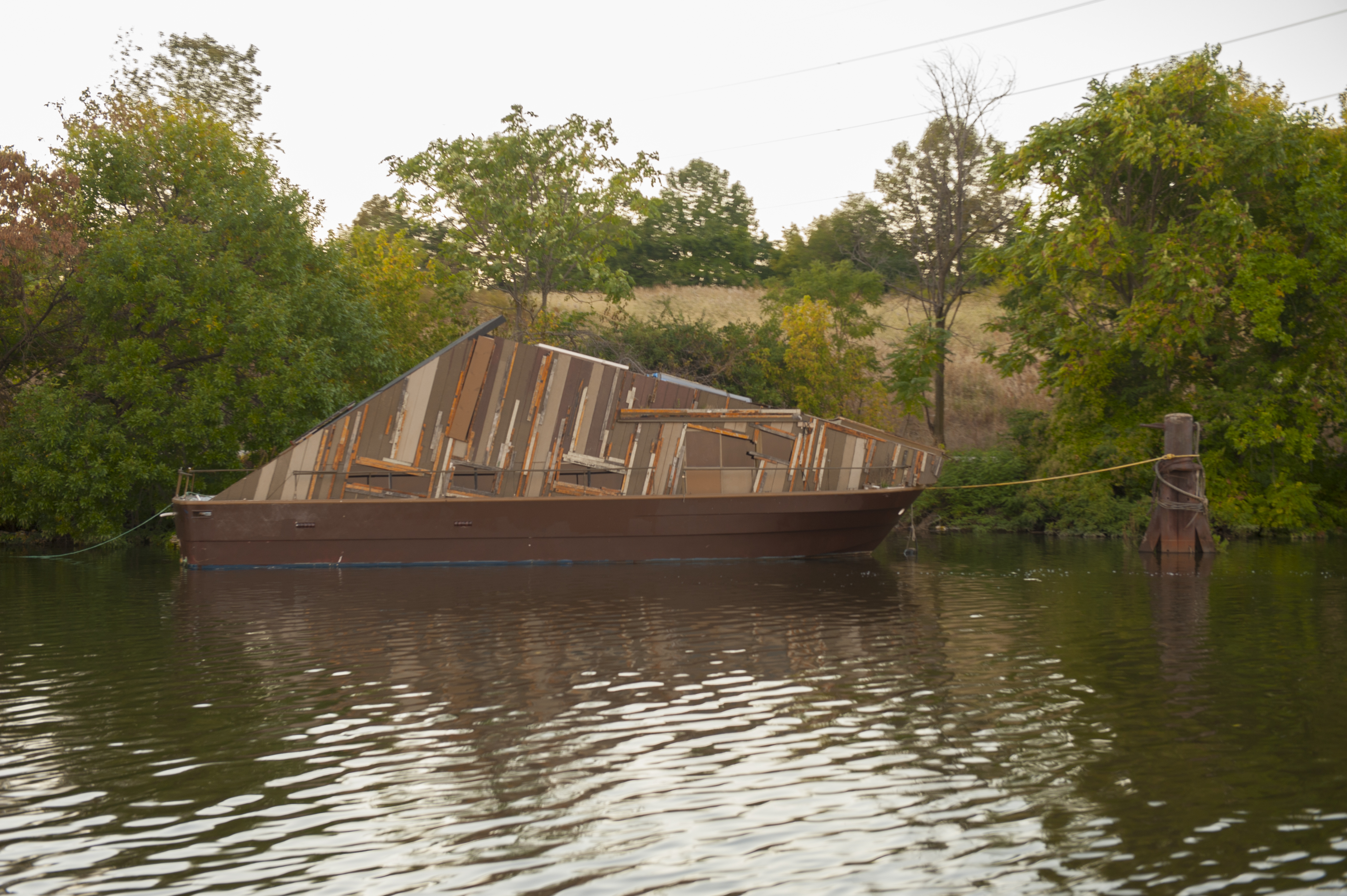Talking Timescales with Carolyn Fornoff and Patricia Eunji Kim
April 5, 2021
In advance of our April 8th book launch for Timescales: Thinking Across Ecological Temporalities, two of the volume's co-editors and PPEH alums Carolyn Fornoff and Patricia Eunji Kim, wrote a guest post for Field Notes. In the following conversation, they use the ‘chit-chat’ format they employed in the book to reflect on the origin and process of creating and publishing this transdisciplinary work. Carolyn and Patricia will also be presenting at the launch with a wide representation of the environmental humanities community.
This event is free and open to the public. Learn more and register here!

Patricia Eunji Kim (PEK): Hi Carolyn! It’s so exciting that our co-edited volume, Timescales: Thinking Across Ecological Temporalities, is finally out! Can you believe that it’s been five years since we co-organized the Timescales conference at Penn?
Carolyn Fornoff (CF): Hi Tricia! I can’t. Time has flown by. We first began planning the Timescales conference in 2016 along with Penn Program in Environmental Humanities (PPEH) Graduate Fellows Steve Dolph, Brooke Stanley, Jess Holler, Kasey Toomey, Fatima Zahra, and Ruben Post. (Many of whom are doctors now! Speaking of time.) The conference was meant to complement other ongoing programming that was both academic and public-facing, including regular fellows meetings, site-based work at Bartram’s Garden (like the WetLand art installation by Mary Mattingly, which is featured in the book), and collaborations with the Slought Foundation, among other things. We wanted to put together an academic conference that, like the cohort of PPEH Fellows, would be interdisciplinary.
PEK: 2015-2016 was such a fun academic year—the inaugural year of the PPEH graduate fellowship program. Those meetings, site-visits, and conversations (both formal and informal) were so foundational for my own public-facing academic and curatorial work. What PPEH and organizing the Timescales conference taught both of us is that interdisciplinarity, not just in the sense of arts and humanities, but also more distant disciplinary connections with the sciences, is critical for addressing ecological issues and themes, especially in the Anthropocene.
CF: We felt that the idea of time, and particularly the timescale, was capacious enough that it was almost unwieldy to think about from any single disciplinary position. Different disciplines have such divergent approaches to time, and we thought that methodological diversity would be generative. One striking example from the book is in the chapter by Jane Dmochowksi and Dave Evans, earth scientists who explain how difficult it is to pin down deep time. To determine the age of ice cores from the deep past with any accuracy can vary by 6,000 years! This of course is mind-boggling from the perspective of a humanist dedicated to contemporary Latin America.

WetLand, a floating sculpture by Mary Mattingly. Photo by Phil Flynn
PEK: I think Jason Bell and Frank Pavia’s essay on the importance of pessimistic approaches to climate change studies is informative here. They explain that interdisciplinary pessimism is structured around the radical idea that in contrast with results-oriented collaboration (in which success is measured by results that map onto what is traditionally considered publishable), interdisciplinary research that allows itself to lead nowhere can actually be quite productive. It can lead to unexpected outcomes, while modeling the kinds of networks of solidarity that are needed among academics, activists, and artists to address our changing climate. What’s exciting is that these practices have the potential to spark new ideas, projects, and approaches to the fields of the environmental humanities and environmental studies.
CF: Not only has it been fun to see these papers evolve into their published form, but it has also been inspiring to see how these seeds morphed into larger projects. For example, Jennifer Telesca’s chapter in our volume is also part of her fascinating book Red Gold: The Managed Extinction of the Bluefin Tuna (University of Minnesota Press, 2020) and Wai Chee Dimock’s chapter informs a section in her book Weak Planet: Literature and Assisted Survival (University of Chicago Press, 2020). It is like the published monograph is the tip of an iceberg--the visible final product--but one that is buttressed by massive amounts of invisible support and time. Here I give a shout out to the heroic work done by university presses to ensure academia’s continued vitality. Like PPEH itself, university presses are indispensable infrastructure for environmental humanities scholarship.
PEK: On the other hand, time seems to be accelerating. Thinking about ice in the literal sense, we open the Introduction by mentioning how in Fall 2016, East Antarctica's Totten ice sheet, one of the biggest sources of Antarctic ice, had detached from the bedrock. Something that formed 34 million years ago is retreating. If Totten totally melts, it could raise sea levels by an unthinkable eleven feet.
CF: I remember the news about the Totten Glacier melting from below, and how that gave us a sense of urgency when we were penning the first drafts of the introduction. Five years have since passed, and today, scientists report that the base of Shirase Glacier, also in East Antarctica, appears to be melting at an even faster rate than the Totten. Warm ocean waves are slicing away up to 50 feet of ice per year.
PEK: In that sense, while the timescales of publication are long, this work continues to be urgent. It was wonderful collaborating with you, Bethany, and the many contributors of this volume.
CF: Ditto! It was a formative experience. I am excited to see where interdisciplinary work on time in the environmental humanities goes next.
Carolyn Fornoff is Assistant Professor of Latin American Literatures and Cultures at the University of Illinois at Urbana-Champaign.
Patricia Eunji Kim is Assistant Professor/Faculty Fellow, Gallatin School of Individualized Study and Provost's Postdoctoral Fellow at New York University, and Associate Director of Public Programs at Monument Lab.
Timescales is published by the University of Minnesota Press.
